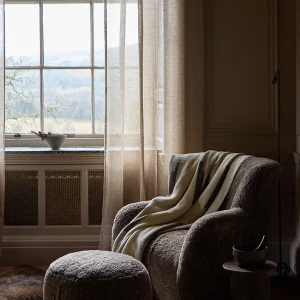A bridge can elevate an urban environment, connecting people and places in a way that supports the flow of the city.
Back in 2009 Dietmar Feichtinger Architectes won a competition to design a Copenhagen bridge to link across Christiansshavns Kanal and Trangraven. After winning the competition the architecture practice began construction in 2012 and it was completed in 2015.
Image credit: Barbara Feichtinger-Felber
The bridge is formed of three prongs to connect three different banks. Fixed to a common platform, two of the connections can move interdependently to allow sailboats to pass. When both sections, or wings, are open, the bridge takes the shape of a butterfly, which is where its name originated.

Image credit: Christian Lindgren
The tri-linear bridge spans the canal and meets above the water’s surface. A single-web continuous T-beam extends over the entire bridge and is built of a trapezoidal to protect it from corrosion.
The bridge deck is made from an orthogonal anisotropic plate construction with a total surface area of 26sq m. In the moveable section the two individual wings do not require a counterweight.

Image credit: Barbara Feichtinger-Felber
Once open, the width for boats to pass is 15m, while the length from the pivot point to the tip of the flap is 23.3m. The bridge reached a total cost of 4.7m Euros (approximately 3.7m British pounds).

Image credit: Christian Lindgren
Main image credit Christian Lindgren
Read more:
UK’s longest treetop walkway opens
Saturn-like house design labelled ‘Unidentified Floating Object’






